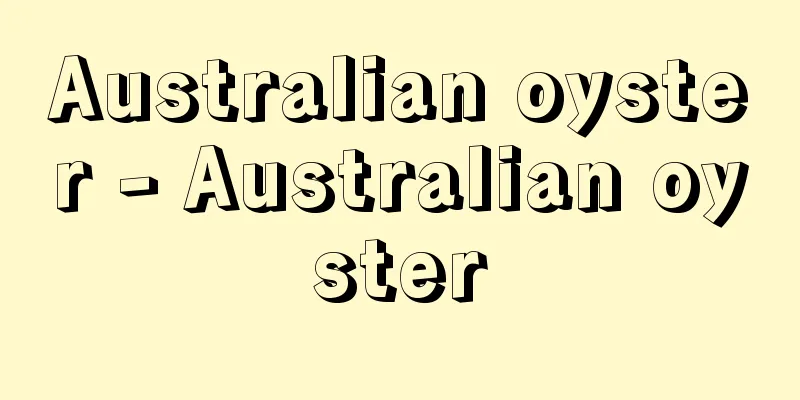Mecklenburg - Mecklenburg (English spelling)

|
A historical region in northeastern Germany facing the Baltic Sea. After the Migration Period, Slavs settled in this region, and under the rule of the Tuscan princes, they refused the advance of Germans. Even after the spread of Christianity by Henry the Lion in the 12th century, relations with Germany were unstable, and the region was temporarily under Danish suzerainty. In 1348, the Tuscan princes were ranked as princes of the Holy Roman Empire as Dukes of Mecklenburg, but the dukedom subsequently split up and its sovereignty weakened. Only two houses remained until the 19th century: the House of Mecklenburg-Schwerin and the House of Strelitz (both of which obtained the title of Grand Duke in 1815). During that time, the two Mecklenburg noble lords developed the Gutsherrschaft (farm lordship system) and united in a common territorial parliament to form a powerful ruling class. The Perpetual Concordat of 1755, which guaranteed the privileges of the nobility, remained in force until 1918 as the basic law of Mecklenburg. The two Mecklenburgs, which remained separate as two states during the Weimar Republic period, were merged into one state at the end of 1933, and after World War II, the western half of Pomerania was combined to become a state of the former East Germany. However, in 1952 the state was dissolved and the three prefectures of Schwerin, Rostock, and Neubrandenburg were formed, and in 1990 it became the state of Mecklenburg-Vorpommern. The terrain is a lowland plain intertwined with hills, and is rich in rivers and lakes. Agriculture is the main industry, but shipbuilding is well developed in coastal cities such as Rostock and Wismar. [Eihachiro Sakai] [References] | | | |Source: Shogakukan Encyclopedia Nipponica About Encyclopedia Nipponica Information | Legend |
|
バルト海に面するドイツ北東部の歴史的地域名。この地域には民族移動期以後スラブ人が定住し、彼らは土侯の支配下にあってドイツ人の進出を拒んでいた。12世紀ドイツのハインリヒ獅子(しし)公によるキリスト教の布教後もドイツとの関係は安定せず、一時デンマークの宗主下に入ったこともある。1348年土侯はメクレンブルク公として神聖ローマ帝国の諸侯に列するが、この公家はその後分裂を繰り返して君主権は弱体化する。19世紀まで残ったのはメクレンブルク・シュウェーリン公家と同シュトレーリッツ公家(ともに1815年に大公位を得る)の2家である。その間、この両メクレンブルクの貴族領主はグーツヘルシャフト(農場領主制)を発展させ、また共通の領邦議会に結集して強力な支配階級を形成した。貴族の特権を保障した1755年の永代協約は、メクレンブルクの基本法として1918年まで効力を有した。ワイマール共和国期にも分かれたまま2州をなした両メクレンブルクは、1933年末に1州に統合され、第二次世界大戦後、ポメラニア州西半をあわせて旧東ドイツの一州となった。しかし52年には州が解体され、シュウェーリン、ロストック、ノイブランデンブルクの3県になり、90年にはメクレンブルク・フォアポンメルン州となる。地形は低地平原地帯に丘陵が入り組んで、河川と湖沼に富む。産業は農業を主とするが、ロストック、ウィスマールなどの沿海都市では造船業が発達している。 [坂井榮八郎] [参照項目] | | | |出典 小学館 日本大百科全書(ニッポニカ)日本大百科全書(ニッポニカ)について 情報 | 凡例 |
<<: Meguro (English spelling) Bonin Islands honeyeater
>>: Mekurahebi (blind snake) - Mekurahebi (English spelling) blind snake
Recommend
Dried fish - Kiriboshi
A type of dried vegetable. Sweet potatoes and eggp...
Arimari Castle - Arimari Castle
…It was an oasis city that existed in the Ili Bas...
Harvesting and binding machine - karitori kessokuki
…It can also refer to a binding tool for newspape...
Lam, W. (English spelling) LamW
…The activities of the exile group in New York du...
Law of inertia
This law states that an object will remain at rest...
Kameda Jiori
…Sand dunes have developed along the Japan Sea co...
Adrenal cortex hormones
A general term for steroid hormones secreted from...
Dress code - Shikise
Also written as Shikishi or Tamegiku. In the Edo p...
Insert paper - Nyuushi
When the paper of a book bound in a closed binding...
Yasuyo Yoshimine
A Chinese poet of the early Heian period. A son o...
bacillary dysentery
...Depending on the pathogen, it is classified as...
Opening (fishing) - Kaikou
...In coastal fishing or coastal fishing, when pe...
Imago - Imago
… [Semantics] It comes from the Latin imago, whic...
《Papier-mache dog》
...The adaptation's approach transfers the er...
Liquid ammonia method - Ekitai anmoniaho
…The Zahn process (intermediate salt process) add...









